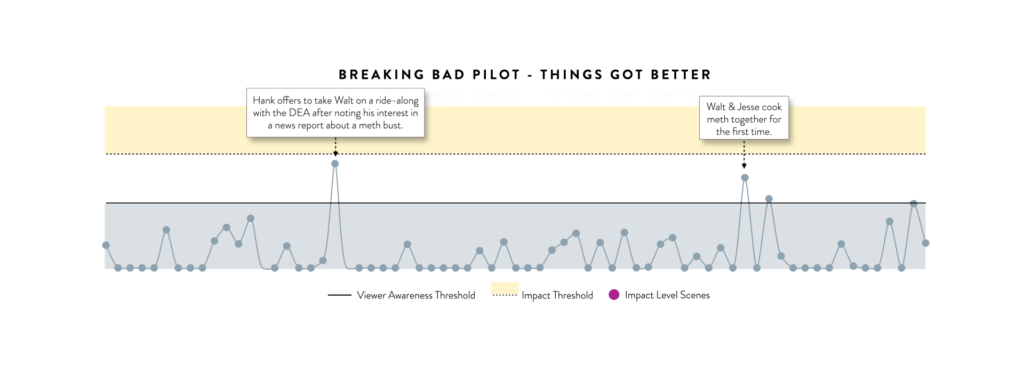The Original Sentiment Analysis Tool
Sentiment analysis is a type of natural language processing (NLP) that uses computational algorithms to identify and extract subjective information from text. It aims to determine the emotional tone behind a piece of writing, such as a social media post or product review, and classify it as positive, negative, or neutral. Sentiment analysis tools have evolved significantly in the past few decades.
Sentiment analysis typically involves using machine learning techniques to train a model on a large corpus of annotated data, which can then be applied to new, unseen text to predict the sentiment. This software has many potential applications, such as monitoring customer feedback, analyzing public opinion on social issues, and even predicting stock market trends based on news sentiment.
However, it is not perfect and can struggle with nuances of language and context, and may require human oversight and correction to ensure accuracy.
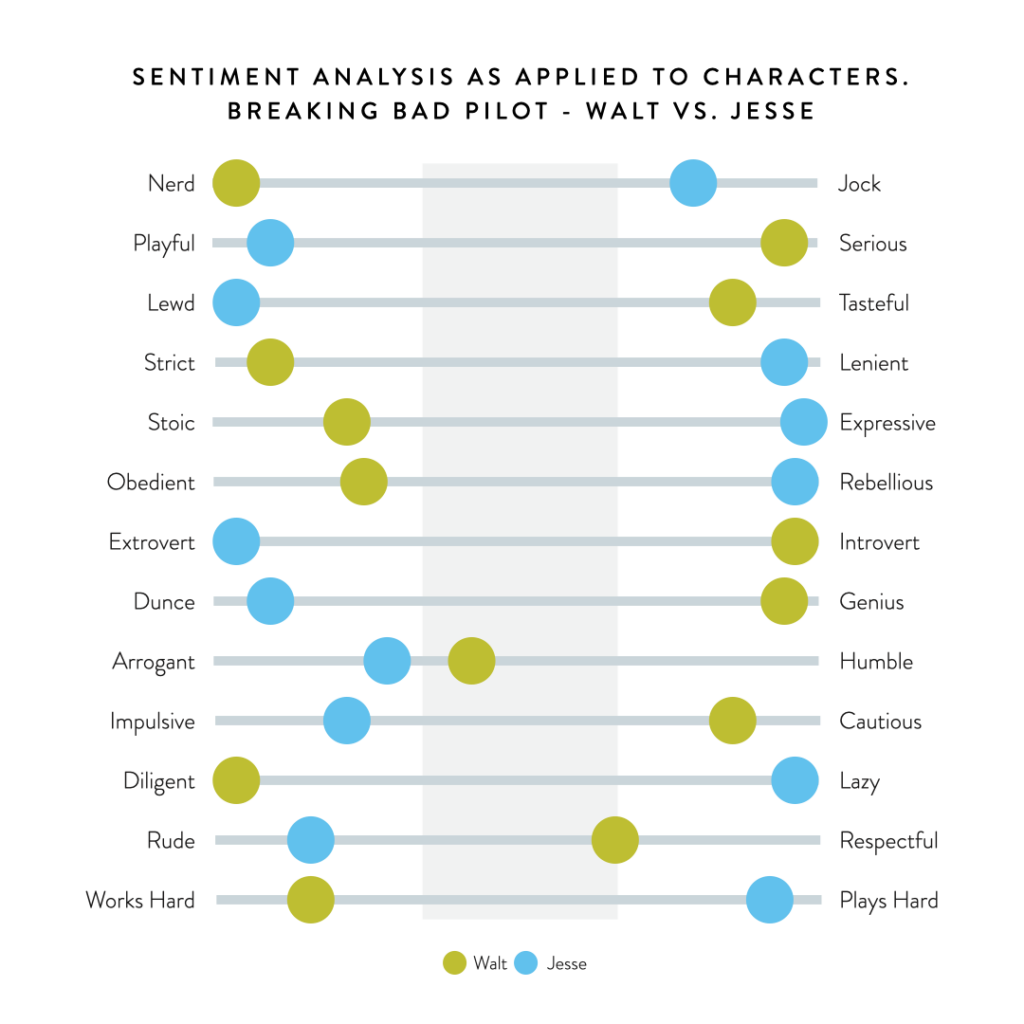
Breaking Bad’s Walt & Jesse
Sentiment analysis is an important part of the work we do at StoryFit because understanding the sentiment is key to analyzing stories– whether that’s stories from books, movies, or television shows.
Let’s take a look at some of the impressive NLP (natural language processing) and machine learning feats that have delivered groundbreaking improvements in understanding written sentiment.
Emma Identity – an early sentiment analysis tool
It was an impressive feat back in 2017 when a new program called Emma Identity was released to the public and was able to read text and define an author’s style. That software combined NLP and ML with the techniques of stylometry (the study of linguistic style).

Given enough information—in this case, at least 5,000 words—Emma could perform text analysis extracting patterns from the analysis of an author’s text, some of which are not easily detected by the human eye. These patterns include word frequencies, complexity of language, sentence structure, all the way down to the author’s use of commas.
Once it learns the patterns from the sample text, Emma can then apply it to text of ‘unknown origin’ and determine with amazing accuracy if the text is from the studied author.
Using sentiment analysis to identify the true author

Around the same time, a different computer program was the first to uncover Robert Galbraith’s The Cuckoo’s Calling, as a work by Harry Potter author, J. K. Rowling. In his recent article 5 Ways Big Data Analytics Caught J.K. Rowling in the Act : Pseudonyms Can’t Hide, author Ryan Cox outlines how the computer uncovers an author’s style.
- Comparing all of the word pairings, or sets of adjacent words, in each book.
- Tests that searched for “character n-grams”, or sequences of adjacent characters.
- Tallied the 100 most common words in each book and compared the small differences in frequency.
- Testing completely separates a word from its meaning, by sorting words simply by their length.
- Principal Component Analysis: compare all of the books on six features: word length, sentence length, paragraph length, letter frequency, punctuation frequency, and word usage.
How did early sentiment analysis tools work?
The first sentiment analysis tools used on books were typically based on lexical analysis. These tools relied on pre-defined lists of words with associated sentiment scores to determine IF the overall sentiment of a piece of text was positive or negative.
For example, if a book contained a high proportion of words with positive sentiment scores (e.g., “love,” “joy,” “happiness”), it would be classified as having a positive sentiment. Similarly, if the book contained a high proportion of words with negative sentiment scores (e.g., “hate,” “anger,” “sadness”), it would be classified as having a negative sentiment.
One of the earliest sentiment analysis tools used on books was the General Inquirer, which was developed in the 1960s and 70s and relied on a list of over 11,000 words that were classified into categories such as positive, negative, or strong.
Example of early sentiment analysis tool:
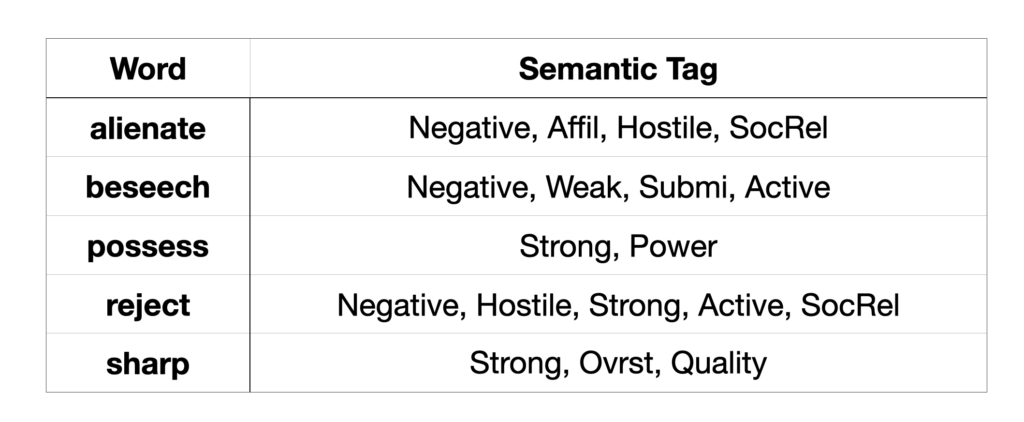
A newer sentiment analysis model
Sentiment analysis tools have evolved significantly since the 1980s. The early tools relied on simple rule-based approaches to identify positive, negative, or neutral sentiment. However, these tools were limited in their ability to understand the nuances of language and context.
In the 2000s, machine learning algorithms were introduced to sentiment analysis. These algorithms allowed for more accurate and context-aware analysis of sentiment. Techniques such as supervised and unsupervised learning, neural networks, and deep learning were applied to sentiment analysis tasks.
More recently, sentiment analysis has incorporated aspects of natural language processing (NLP) to enhance its accuracy and context awareness. NLP techniques such as entity recognition, semantic analysis, and opinion mining have been applied to sentiment analysis tasks, leading to more accurate and nuanced results.
Overall, the evolution of sentiment analysis tools has allowed for more accurate and nuanced analysis of sentiment, making it a valuable tool for businesses, researchers, and individuals alike.
Sentiment score
StoryFit trains its sentiment analysis models on stories, and because of this focus, our sentiment analysis software is especially tuned to provide analytics and insights to the entertainment industry.
One of our core services is analyzing scripts and providing feedback to writers, producers, and studios. To accomplish this, StoryFit uses sentiment analysis to understand the emotional tone of a script. StoryFit’s sentiment analysis algorithms analyze the script to identify the predominant emotions conveyed in the dialogue, scene descriptions, and other text.
By understanding the emotional tone of a script, StoryFit can provide insights into how the audience might react to the story and characters, and provide feedback on areas where the script might need improvement to better resonate with the target audience.
Sentiment Analysis Examples
This form of artificial intelligence (AI) is not a replacement for studio creatives and writers. Its goal is to deliver something that humans can’t do. These specific measurements of characters’ sentiment would take months to do by hand. Additionally, StoryFit technology measures these same elements across every other film and tv script to place this new data into context.
StoryFit is in partnership with creatives, as another seat at the table, helping them to see their creation in a new light and empowering exciting and original storytelling.
Regenerate response
Example: Early sentiment analysis tools simply identified positive or negative.
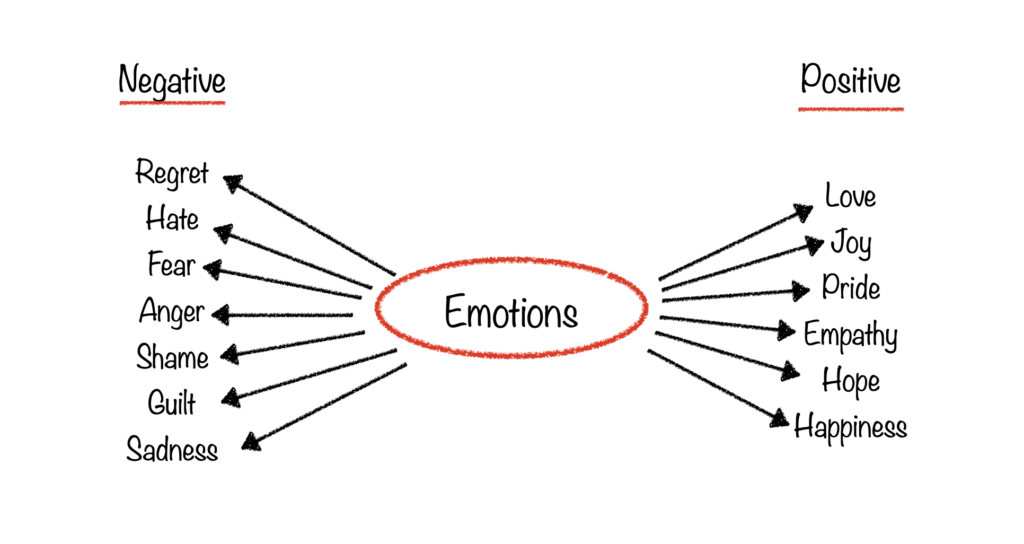
Example: Braking Bad track sentiment by scenes – things got worse.
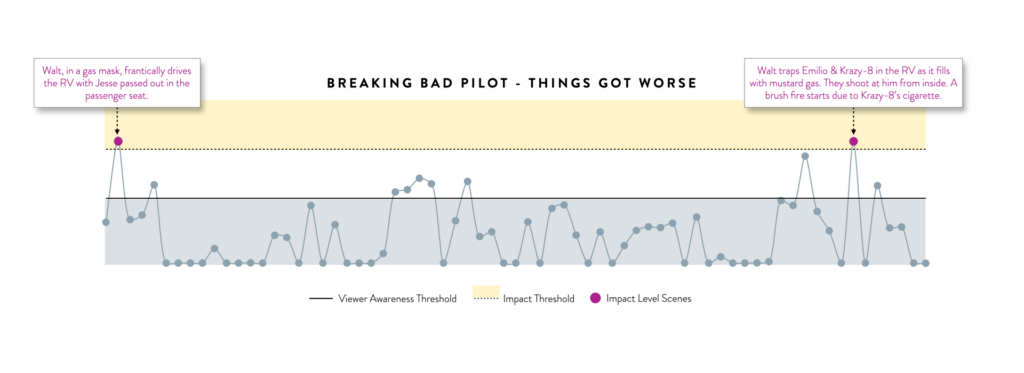
Example: Braking Bad sentiment analysis feature – things got better.
